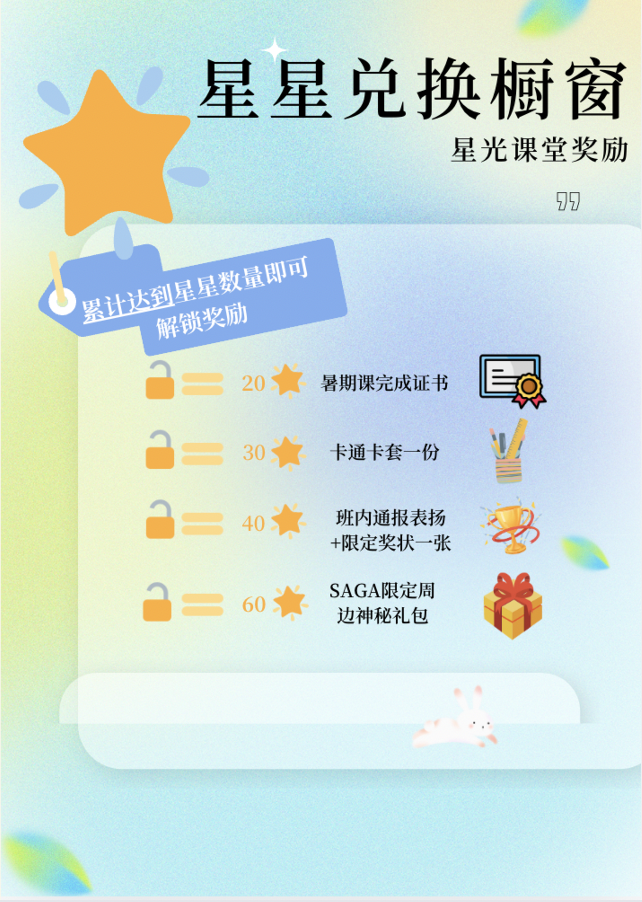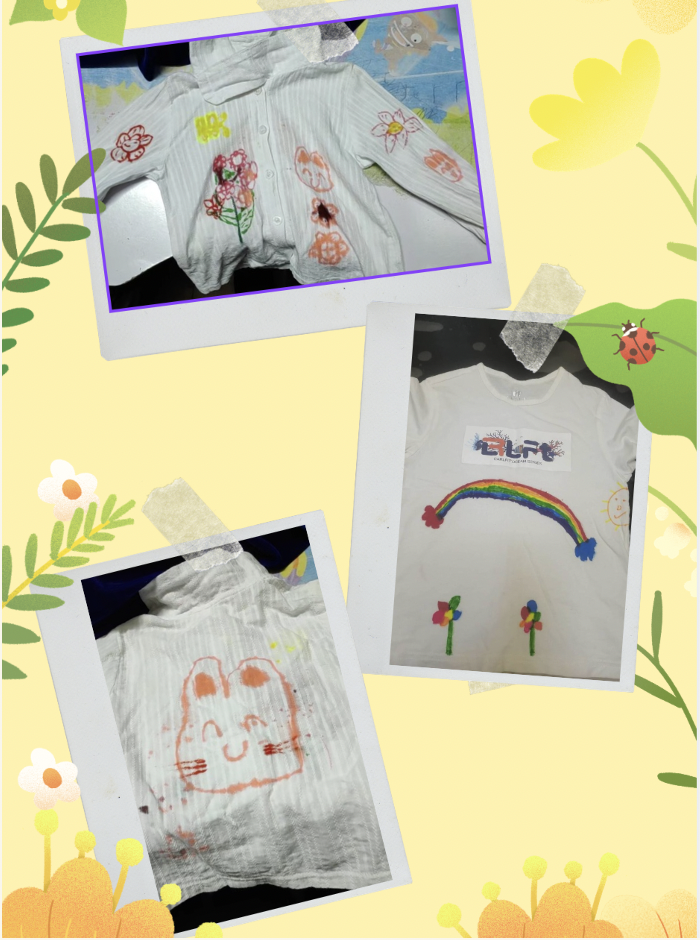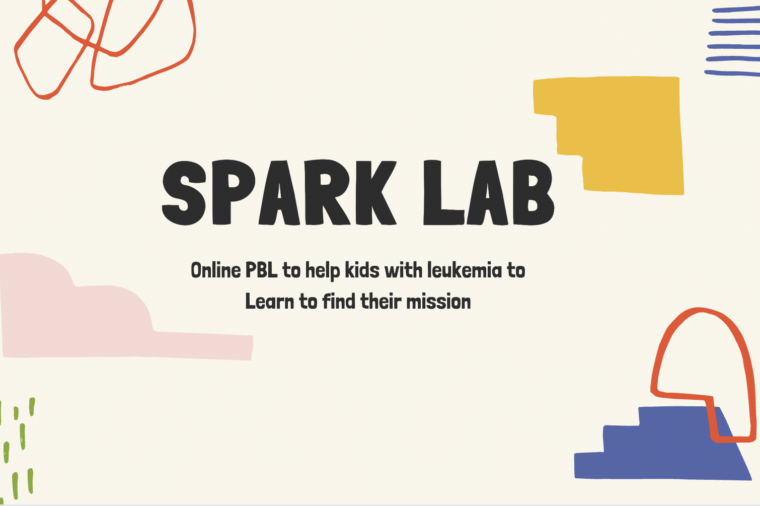Project description: A month-long, online project-based learning for kids with leukemia to help them find passion in studying.
Introduction In the summer of 2021, during a mask donation event at Beijing Boren Hospital, I encountered a young leukemia patient named Haohao. This was his first year at the hospital, having recently been diagnosed and suffering from anemia. Conversations with his mother revealed that children suffering from leukemia often cannot attend local schools due to their medical conditions and the need to travel to major cities for treatment. Additionally, financial constraints prevent families from hiring tutors.
The Motivation When Haohao’s mother asked if I could offer lessons to these children, I agreed. However, I noticed that these children were heavily reliant on electronic devices, which hospitals use to distract them from the painful treatment process. Traditional online education methods failed to engage them in learning, as they preferred spending time watching videos and playing games. This observation led me to consider a new approach: utilizing project-based learning to spark their interest in education, solve real-world problems, and build self-motivation.
Project Design and Implementation
- Grouping and Duration:
- Children were divided into junior (grades 1-3) and senior groups (grades 3-6).
- The project spanned one month.
- Project Tasks:
- Junior Group: Design a piece of clothing, like a white T-shirt, with personal decorations.
- Senior Group: Organize a surprise party for their parents.
- Training and Support:
- As the leader of a 30-class project, I trained head teachers in project-based learning principles, guiding children to explore and enhance their ideas.
- Materials and Resources:
- Provided educational materials, including popular science videos, English content, interesting stories, and check-in tasks, for self-study and inspiration.
Pilot Experiment and Outcomes I began with a small experiment involving four lower-grade students in my class, introducing them to project-based learning by designing their T-shirts over four weeks. The experiment culminated in a successful presentation, revealing the effectiveness of hands-on, interest-driven learning.
Challenges and Learnings The project highlighted differences between online and offline learning environments. Ensuring children’s interest in the projects was crucial for sustained engagement, especially when teachers were not present. Initial plans to impose a structured top-down approach proved ineffective; overly ambitious goals and complex materials caused disconnects with the children’s needs. Hence, a flexible, evolving goal-setting process was preferable, adapting to real-time feedback and involvement.
Next Steps The next essential phase involves expanding this project to reach more children. Reflection on the challenges and successes will guide future iterations. Adjustments will focus on maintaining children’s interest and integrating more realistic, adaptable project goals. This project has not only impacted the children’s learning experience but also reshaped my understanding of education’s role in fostering resilience and self-motivation among young patients facing challenging circumstances.
On the left is the reward redeem system and on the right is the work done by students!





